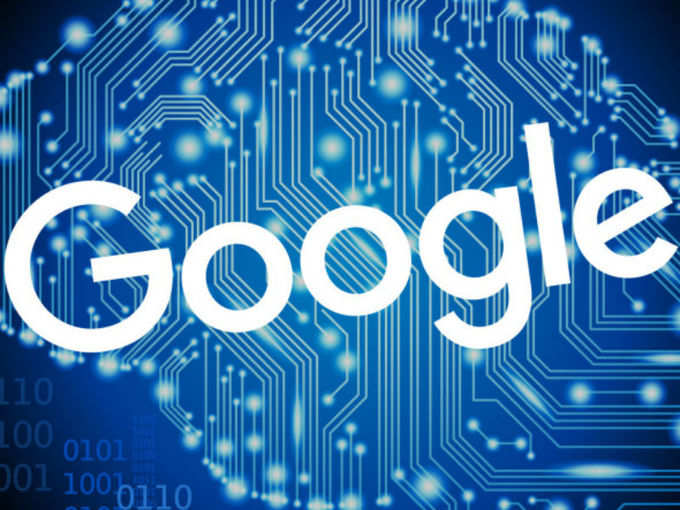 Ask
Ask Google answers these questions with the help from deep neural networks, a type of
These sentence compression algorithms just went live on the desktop incarnation of the search engine. They handle a task that is really basic for humans however has generally been very troublesome for machines. They demonstrate how deep learning is propelling the craft of natural language understanding, the capacity to comprehend and react to natural human speech.
“You need to use neural networks—or at least that is the only way we have found to do it,” Google research product manager
To train Google's artificial Q&A brain, Orr and company likewise utilize old news stories, where machines begin to perceive how features serve as short synopses of the more drawn out articles that take after. In any case, for the time being, the company still needs its group of PhD linguists. They exhibit sentence compression, as well as really label parts of speech in ways that help neural nets see how human language works.
This sort of human-helped AI is called "supervised learning," and today, it's exactly how neural networks work.